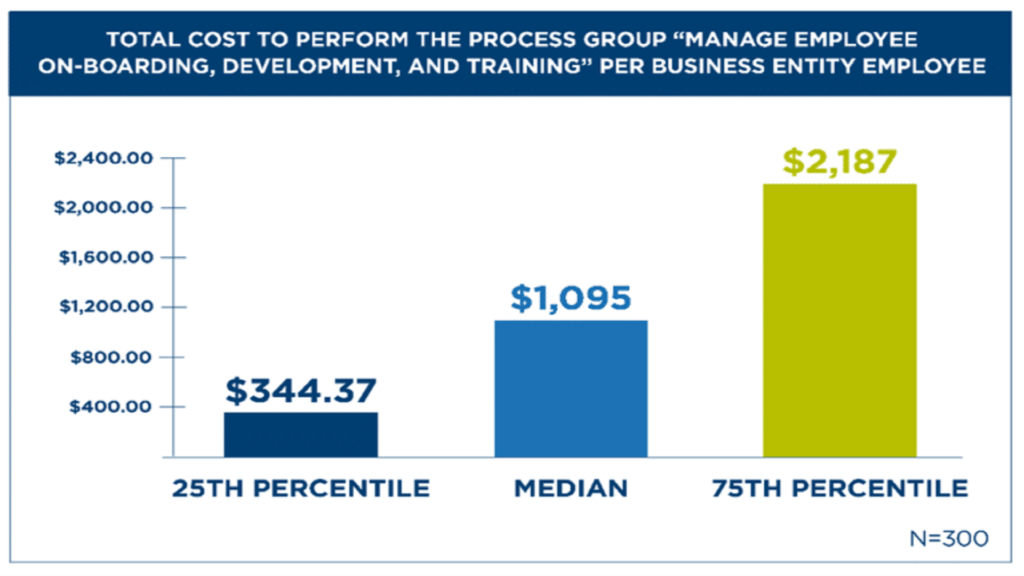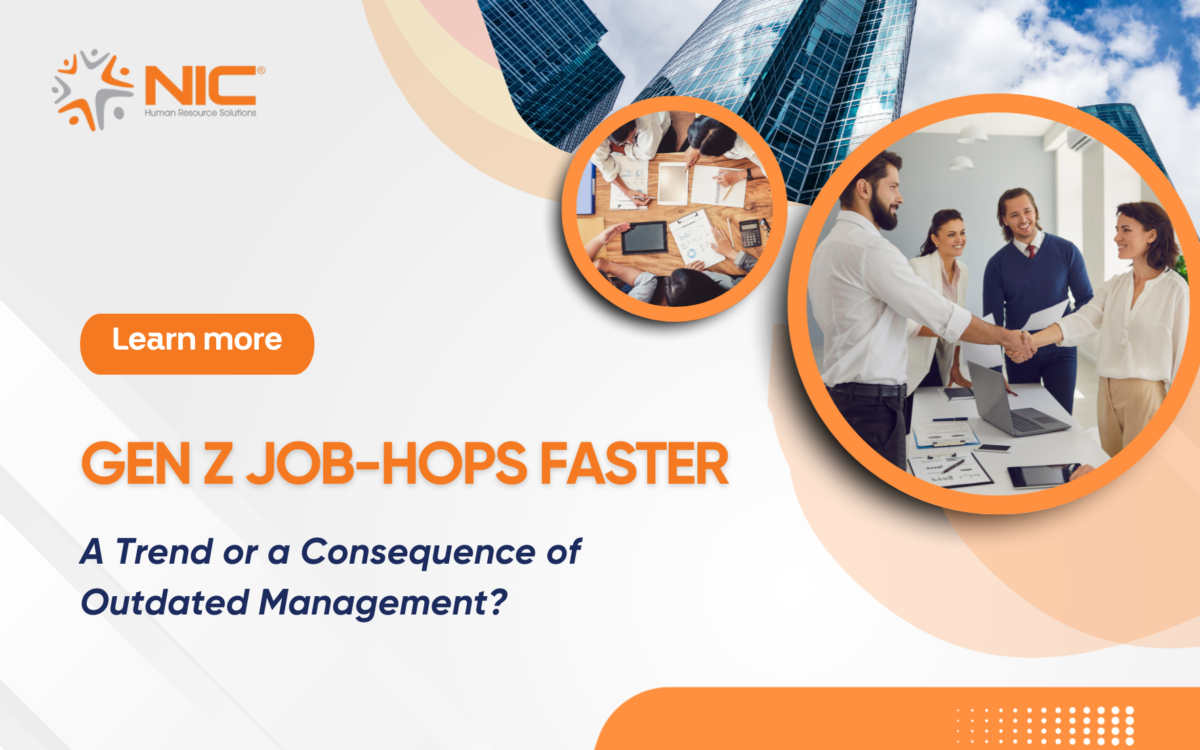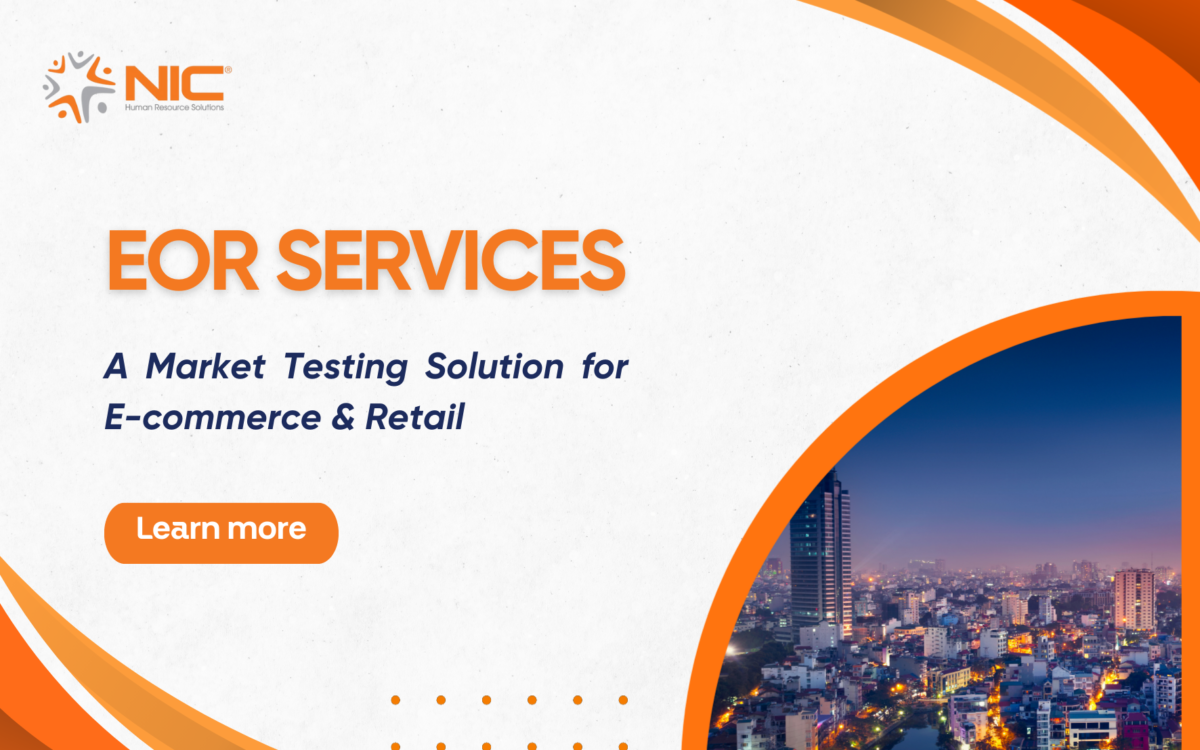3 Strategies to Protect Your Employee Learning Budget for 2025
24/09/2024
As 2024 has shown, organizations are more focused than ever on cost efficiency, with many scrutinizing every expense for potential cuts. In such a climate, human resources (HR) budgets, particularly those allocated for learning and development (L&D), are often among the first to be targeted. However, cutting back on L&D spending could be detrimental, especially in today’s competitive labor market.
With trends such as increasing talent mobility, widening skills gaps, and the rise of remote work, the need for investment in employee learning is more critical than ever.

To safeguard your L&D budget for 2025, it’s essential to build a compelling business case highlighting the value of continued investment in employee development. Here are three strategies to help you protect and even expand your learning budget.
1. Collect Evidence of Employee Learning Needs

Building a solid business case starts with thoroughly understanding your organization’s learning needs. This involves assessing where your company stands today and where it needs to be in the future. Begin by consulting workforce and succession plans to identify potential capability gaps. Engage with business leaders to understand their objectives and how enhanced learning programs can help meet these goals. Additionally, gather insights from HR business partners to align L&D efforts with the specific needs of different departments.
Consider the impact of learning on employee engagement and retention. For instance, if employees are experiencing stagnation or disengagement, targeted learning opportunities could re-energize them by showing a clear path to new roles and responsibilities. Don’t forget to evaluate your current learning technologies; in many cases, outdated systems can hinder the effectiveness of your training programs, making a case for additional investment.
Key Actions:
- Review workforce and succession plans for capability gaps.
- Interview business leaders and HR partners to identify critical learning needs.
- Evaluate the current state of learning technologies within your organization.
2. Present the How, the Why, and the ROI of Employee Learning
Once you’ve gathered evidence of learning needs, it’s time to present a compelling case to decision-makers. Clearly articulate how your proposed learning programs will be implemented, ensuring that your approach is practical and aligned with the organization’s goals. It’s also crucial to highlight the potential risks of underfunding learning initiatives, such as decreased productivity, higher turnover, and an inability to compete in the marketplace.
To strengthen your case, provide concrete examples of the return on investment (ROI) that L&D programs can deliver. For instance, link learning outcomes to key business metrics such as increased workforce productivity, reduced rework, and faster time to competency. Besides, if your organization hasn’t been tracking the ROI of learning spend, now is the time to propose a framework to ensure that future investments can be measured and justified.

Key Actions:
- Develop a clear plan for how learning funds will be applied.
- Highlight the risks of reducing the learning budget.
- Present data on the ROI of learning, linking it to business outcomes.
3. Prepare to Engage Skeptics
Even with a well-prepared business case, you may encounter resistance from decision-makers. Common objections include the belief that outsourcing learning, relying on lower-cost options, or hiring skilled talent is more cost-effective. Be ready to counter these arguments with evidence-based responses.
For example, outsourcing or low-cost options may seem appealing, but they often lack the customization and alignment with the company goals that internal programs offer. Additionally, while hiring skilled talent is necessary, developing current employees is usually more cost-effective and aligns with long-term retention strategies. Emphasize that meaningful learning investments can reduce turnover by enhancing employee satisfaction and engagement, thus protecting the organization’s investment in its people.
Key Actions:
- Prepare responses to common objections about learning investments.
- Highlight the long-term benefits of developing current employees versus hiring externally.
- Emphasize the role of learning in employee retention and engagement.
In conclusion, in a year where budgets are under intense scrutiny, it’s more important than ever to protect your L&D investments. Collecting evidence of learning needs, presenting a strong business case, and being prepared to engage skeptics can safeguard your learning budget for 2025. Remember, investing in learning isn’t just about meeting today’s needs; it’s about preparing your workforce for the challenges of tomorrow.
For organizations navigating the complexities of today’s business environment, maintaining a robust learning budget is not just a wise choice; it’s an essential one.
For contact and support:
Facebook: NIC Global – Human Resource Solutions
Linkedin: NIC Global Sourcing JSC
Website: www.nicvn.com
Email: info@nicvn.com
Hotline: 0981.23.43.76
Address:
- Hanoi Office: No. 3A Thi Sach, Pham Dinh Ho Ward, Hai Ba Trung District, Hanoi, Vietnam
- Ho Chi Minh City Office: Dakao Center Building, 35 Mac Dinh Chi, District 1, Ho Chi Minh City, Vietnam
See more:
Payroll service
Staffing service
EOR service





